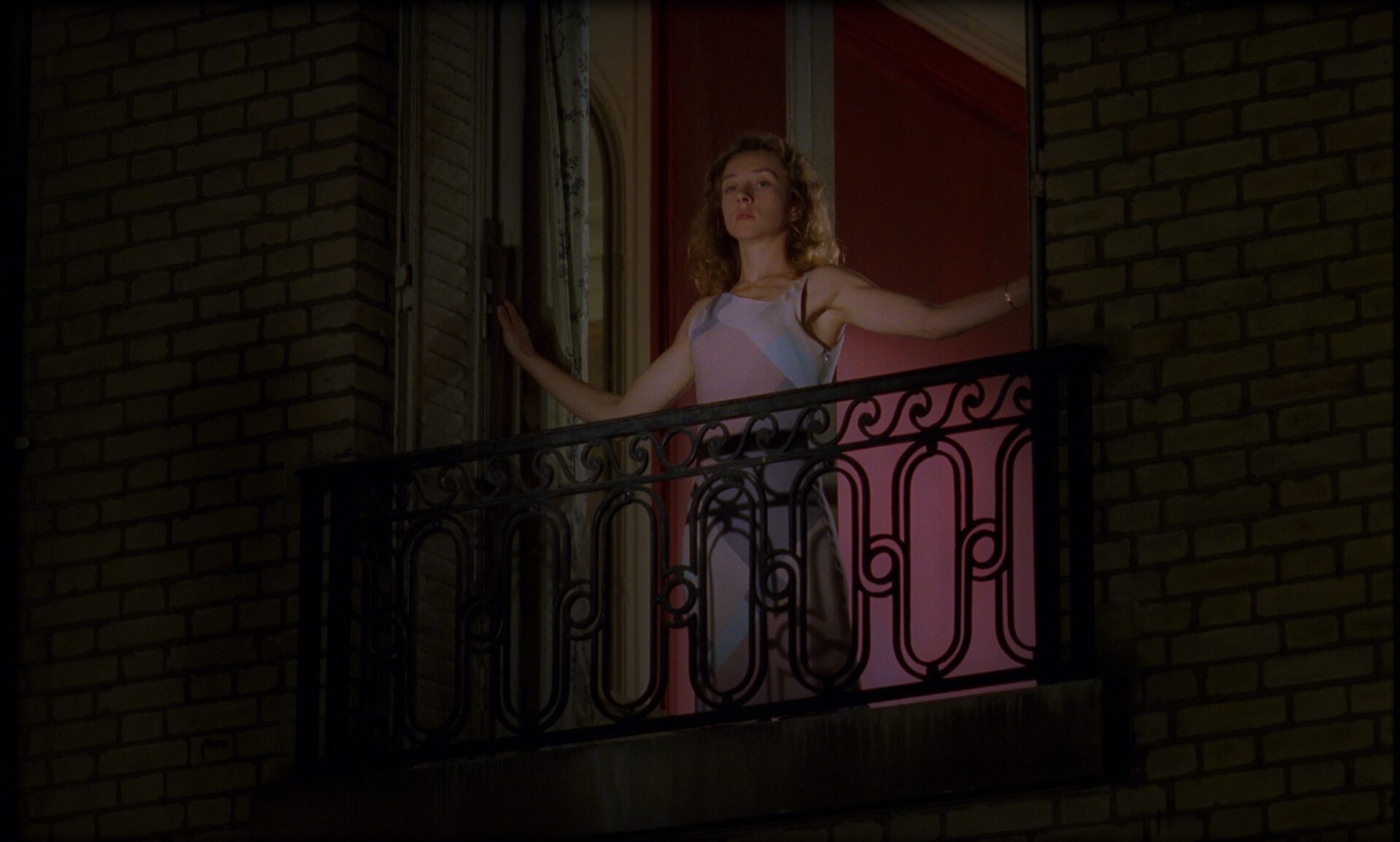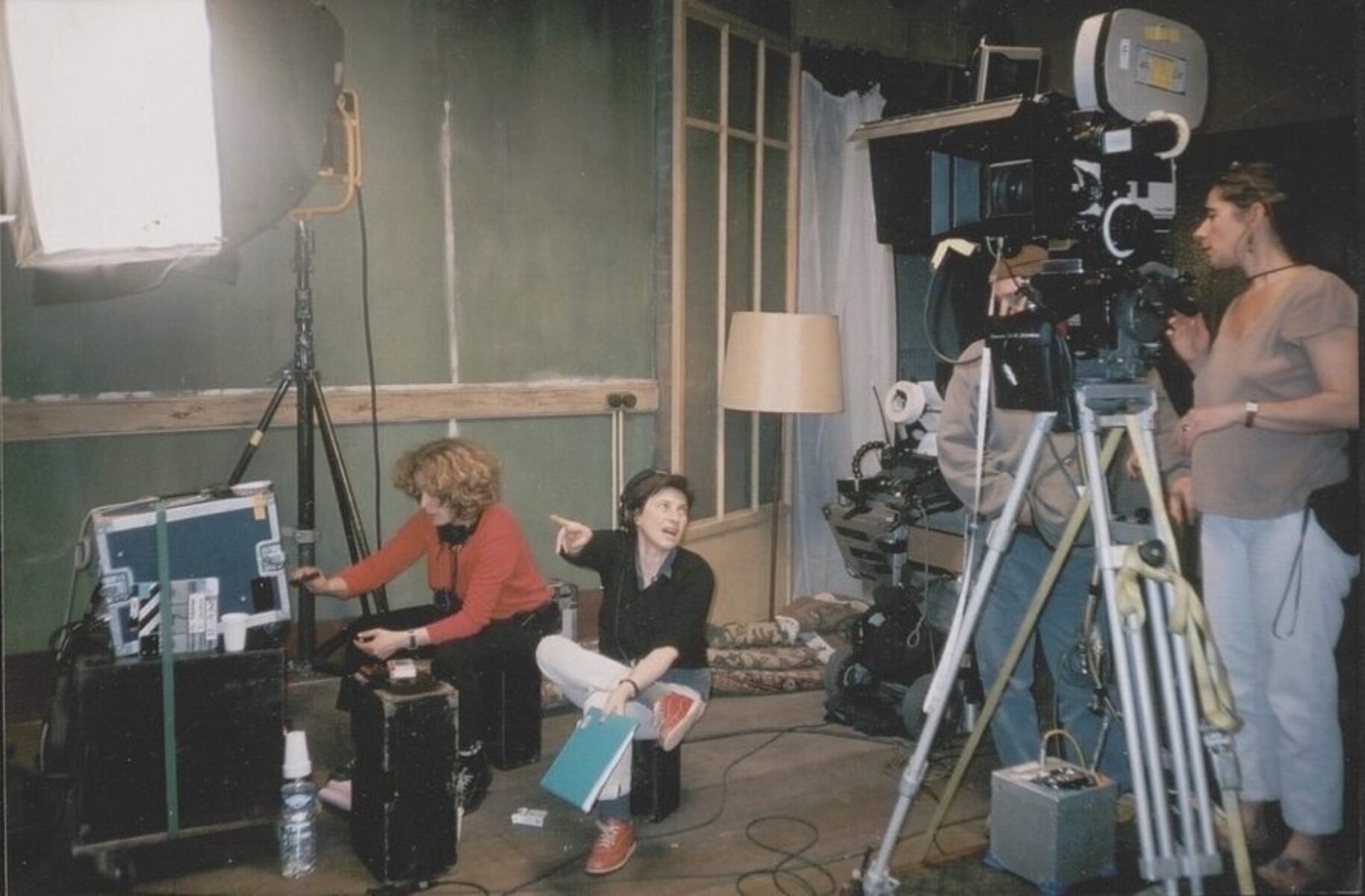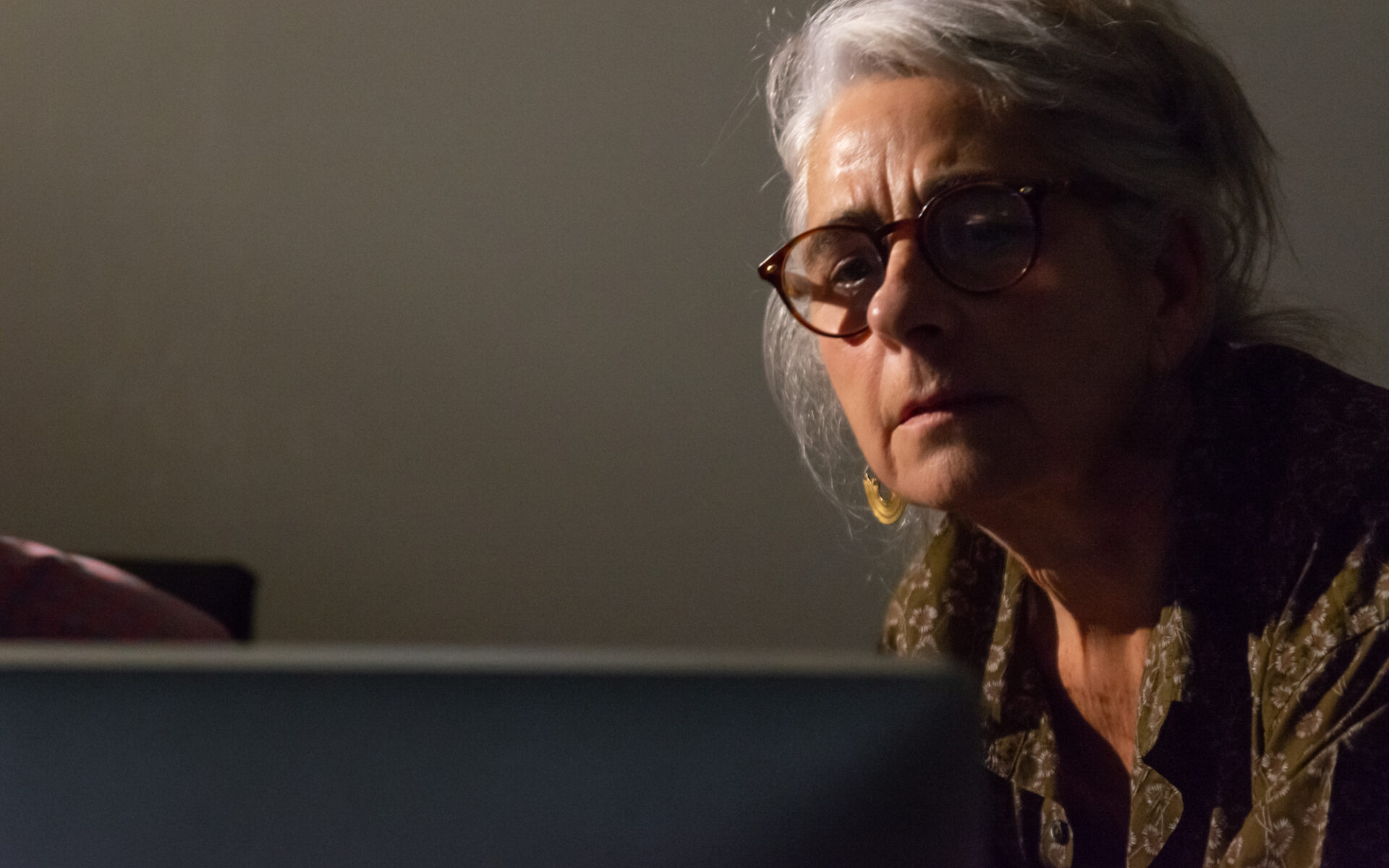Chantal Akerman, Restauration
The color grading of a restoration
Restoring Chantal Akerman's Films #3
01.03 2024
Restoring Chantal Akerman's Films #3 : The color grading of a restoration
Restoring Chantal Akerman's Films #3
The color grading of a restoration
The restoration of Chantal Akerman's film Demain on déménage by the Royal Film Archive of Belgium took place while the institution was preparing and organizing the retrospective dedicated to her from March to July 2024. This was an opportunity to reflect on and examine more than ten years of work on restoring her films. Christophe Tondeur, an expert in film restoration, discusses the color grading work he performed on Demain on déménage.

Color grading is the process of adjusting the colors of a film. After the digital cleaning of the image by the restoration team, color adjustment is the next crucial step to restore the original visual appearance of the film as it was when it was first shown in theaters.
When a film negative is scanned, the resulting positive digital image looks nothing like the film that is projected in theaters. The scanned image retains all the information contained in the negative – you can clearly discern details in both low and high lights – but this means that the resulting image is not very contrasty. The primary goal of color grading is to restore the proper color dynamics of the image.
Moreover, it is necessary to correct the colors based on the specific characteristics of the film scanner's sensor. All image sensors, whether for a film scanner or a camera, do not reproduce colors in the same way. Thus, scanning the same film with two different scanners can yield different color results. The scanner's sensor adds something of its own specificity to the digital image, making it necessary to use a reference point for the necessary corrections.

For the color grading of Demain on déménage, as with other films, the first step is to examine different film copies at CINEMATEK. This evaluation takes place in the Ledoux room, where public screenings are held every evening. By comparing the copies, a reference version is selected to serve as a guide during the grading of the restored version of the film. The goal is to closely match the appearance of the reference copy to the digital restoration when projected. By comparing the digital image with the reference copy, the restored image is given the same look as the original image.
However, even a reference copy – considered to best match the original film colors – may have undergone alterations over time and lost its precise original appearance. This underscores the importance of working, whenever possible, with the filmmakers or directors of photography who created the film and thus have a precise knowledge of its original look. For Demain on déménage, Sabine Lancelin, the film's director of photography, participated in the film's restoration at the Royal Film Archive. When selecting the reference copy, she noted that magenta was slightly too present, which was taken into account in the grading process.
Working with Sabine Lancelin on the restoration of Demain on déménage, just as we did for La Captive, is an exceptional opportunity. She helped create the film's original image alongside Chantal Akerman, adjusting the lighting during shooting and possessing a deep knowledge of its lighting and nuances. Although Chantal Akerman's input would have been invaluable, we have been able to rely on the collaboration of several of her close associates, such as Caroline Champetier, Luc Benhamou, and Raymond Fromont, who are committed to working with CINEMATEK in restoring Chantal Akerman's films.
During color grading, we work shot by shot to ensure consistency between them and to maintain good color dynamics throughout the sequences, while respecting the film's specific color palette. The colors in Demain on déménage generally have a warm, golden look, a characteristic we aimed to faithfully reproduce during grading. In contrast, La Captive, another film for which Sabine Lancelin was the director of photography, has a distinctly different, more neutral color palette compared to Demain on déménage. Therefore, it is essential to consider the unique character of each film’s colors and reflect it in every sequence.

Once color grading is complete, the film is almost ready to be shown to the public. The final step is encoding the film into various formats for distribution. Whether for a big screen or a small screen, the files intended for these two mediums have different quality and format requirements. To ensure their long-term preservation, all digital files are also backed up on magnetic tapes (LTO). Just like contemporary films shot with digital cameras – and as was the case for films on film stock – it is crucial to preserve these digitally restored films under optimal conditions to ensure their accessibility in the years to come.
In the final part of this series on the restoration of Chantal Akerman's films, we will explore how film restoration is part of the enhancement initiatives carried out through the collaboration between the Fondation Chantal Akerman and CINEMATEK.
Read more
The restoration of Demain on déménage is supported and financed by Belspo, the Centre du Cinéma et de l’Audiovisuel of the Federation Wallonia-Brussels, the European Union – NextGeneration EU, and the National Lottery and its players.



